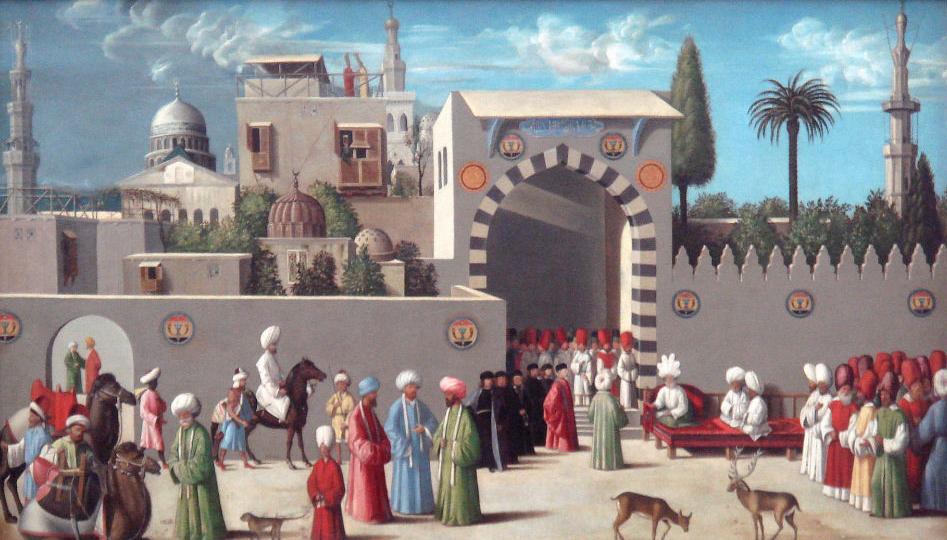Ethnic Diversity and Cultural Creativity in Renaissance Italy

This project for the first time places foreigners, migrants and minority groups at the centre of the history of the Italian Renaissance. While we are accustomed to characterizing Renaissance cities as hubs of exchange and melting-pots of cultural diversity, research in Italy has usually focused on the presence of single groups such as Jews, Germans or Sub-Saharan Africans. The aim here is instead to explore the plurality of ties and interdependencies that underpinned cultural production in this period and thereby to unsettle our assumptions regarding what was ‘Italian’ about the ‘Italian Renaissance’.
Funded by the Cambridge Humanities Research Grant Scheme and supported by the Faculty’s Material Histories Research Cluster, the project was launched in January 2020 with a day-long workshop, consisting of handling sessions with Dr Victoria Avery and Dr Bill Day at the Fitzwilliam Museum, followed by a series of presentations from early career scholars taking different approaches to the subject of Italy’s diverse past.
In developing this project, Mary Laven (Faculty of History) will collaborate with Emily Michelson (of St Andrews University); both experts on the history of early modern religion, they share a fascination with spaces and objects of encounter. Focusing on the period 1450 to 1650, they will investigate how the presence of ‘outsiders’ in Italy was continually evolving in response to key developments in European history, including the persecution and migration of Jews and Muslims in the Spanish kingdoms; the reformations; religious wars; and conflicts with the Ottoman empire. In order to guard against the conventional skewing of Italian history towards Venice, Florence and Rome, fieldwork will focus on less well-known cities in the coastal and frontier regions of southern, central and northern Italy. The ultimate goal of the project is to reveal the creative consequences of migration and multicultural communities and to challenge a narrative of ‘Western Civilization’ in which Renaissance Italy has long been afforded a leading role.
